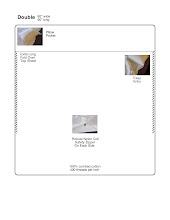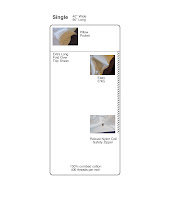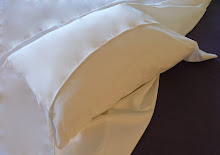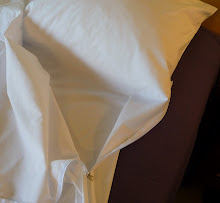Road trips can be relaxing and pleasurable, they can also be boring and stressful. The version you take depends greatly on how prepared you are. Travel routes, accommodations, and food are the primary areas to focus on. There are solutions to every problem and here are the top 10 to make your road trip enjoyable and trouble free.
1) Insulated Cooler Bag: This item is a must have for almost any length of road trip. Packing your own food will save you money and cut down or eliminate the need for junk food stops and greasy road side meals. Choose a bag that is collapsable so when not in use it doesn’t take up space. get the largest size, they start around $15, don’t skimp on quality as you’ll have this bag for years. If you do pack a lot of food, a bag on wheels is a good idea, they start around $80. Don’t bother with ice packs, freeze bottles of bottled water and use then as the ice packs, you’ll also have plenty of fresh cold water to drink.
2) Travel Sheet / Sleep Sack: Sometimes you don’t have much of a choice in your hotel selection. If you have not made reservations or if there are only a few, or one hotel in the area you stop at, sleeping can be one of the most stressful activities you’ll have to do. Unclean beds,bedbugs etc. are a few of the irritants that can be found in hotels and motels. Companies like Allersac manufacture travel sheets to help alleviate the stress and give you peace of mind so you can sleep and be ready for the next leg of your road trip. Get a good quality travel sheet that can be washed repeatedly, unless you are staying in hostels, get cotton , not silk.
3) First Aid Kit: Every car should have one in the trunk but especially when traveling. You want to be able to attend to any minor health problem quickly, trying to locate a drug store is not an activity, it’s a chore. Paying twice as much for band aids and antibiotic creme at some roadside convenience store is not a smart move. Buy a basic kit or make your own. Tailor the kit to your needs, your medication bought at your pharmacy.
4) Anti Bacterial Wipes: Restaurants, hotels, gas stations, sight seeing, these are all places with lots of people, lots of people means lots of germs. getting sick on a road trip is no fun and with Swine flu seasons coming , the holidays will be eventful, to say the least. Wash your hands often but when you can’t use a sink, wipes are the next best thing. They can also be used for surfaces in your hotel room like the TV remote, which is usually filthy.
5) Global Positioning System (GPS): Prices for these units have dropped a lot in the last few years but will probably be the most expensive of all travel accessories. Ranging from iphone applications at $90 that turn your iphone into a GPS, to stand alone units with all the bells and whistles at $600, knowing where you are and where you’re going and best way to get there can take a load off your mind. Of course if you have a smartphone and can access wifi on the road, google maps is a cheap alternative. Don’t forget the low tech version, paper maps. A good idea is to order your route maps from your local automobile club, they can plot out routes around any construction or unsafe areas.
6) Windshield Water Treatment: I cannot say enough good things about these products. Designed to seal the minute cracks in your windshield so rain will just sheet off the surface. Ever get caught in a fierce rainstorm or get stuck behind a truck spitting mud at you, when you can’t see well or all your windshield wipers are doing is smearing the dirt. Products like RainX will solve those problems, less driving stress, less stopping for bad weather.
7) Sound Generator Alarm Clock: Hotel too close to the highway, noisy guests next door, no wake up service, a sound generator alarm clock will help you to sleep and wake up on time.
8) Plastic Garbage Bags: Either for garbage, dirty clothes or to protect your belongings from bedbug infestation, good quality garbage bags are easy and cheap to throw in your car. They take up almost no space and come in very handy. The number 1 cause of bedbug infestation is cross contamination. You stay at a hotel that has bedbugs, they crawl into your stuff, you go home and so do the bedbugs. Keep your clothes etc. in these bags when staying overnight in a hotel. Bedbugs are no laughing matter and have become epidemic in north America.
9) Cell Phone: Don’t forget to take it with you for emergencies, reservations and directions. A phone with a camera is great for those sudden photo ops.
10) Portable Digital Storage Device: Like an ipod or an archos. These handy little high tech gizmos will allow you to listen to music, watch movies or store photos. Perfect for rainy days or down time where monotony can be a factor. Some models will connect with your car systems or can be used as stand alone units.








